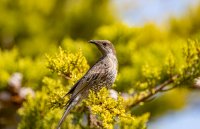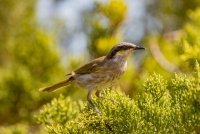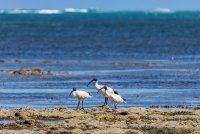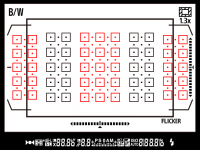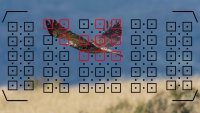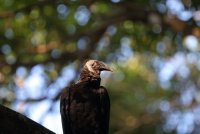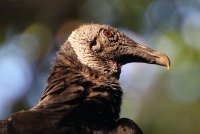"I was using 300 2.8 II X2 which AlanF used to praise constantly.We all like to feed our ego but if this criterion was valid no one would be posting anything. One aspect is the technical quality of the photo but don't forget we all like to see the different bird variants and poses etc. There will always be someone doing better - so what. What I like about this thread; it's a friendly place to be.
I was using 300 2.8 II X2 which AlanF used to praise constantly.Now neither of us own it because .... good question. For me I judged that I seldom used 300 and sold so I could get the 400 DO II. When 300 was needed that lens was superb and pretty decent X2.
These photos I'm going back to resurrect are getting DPP post processing as best I can do (minus selective NR) because in most cases the originals weren't done that well. I had only owned the 6D a very short time then and I didn't even own a DSLR about 2 years before that (D5100 was my starting point). When I'm done I'll choose those that might be worthy and do background NR etc.
There is a motive to this. I've been interacting with the county regarding their indiscriminate beaver trapping and these shots are all from the affected area when it was vibrant. They will be hearing from me loudly.
Jack
My simple good answer is that something better arise later... After that even it goes down because there was something much better to appear - again, and again...
D5100?! I started with cameras not even worth mentioning. Later it was slides with N80, F100 and started the digital era with D7000 (few months later D7100 appear
Upvote
0

